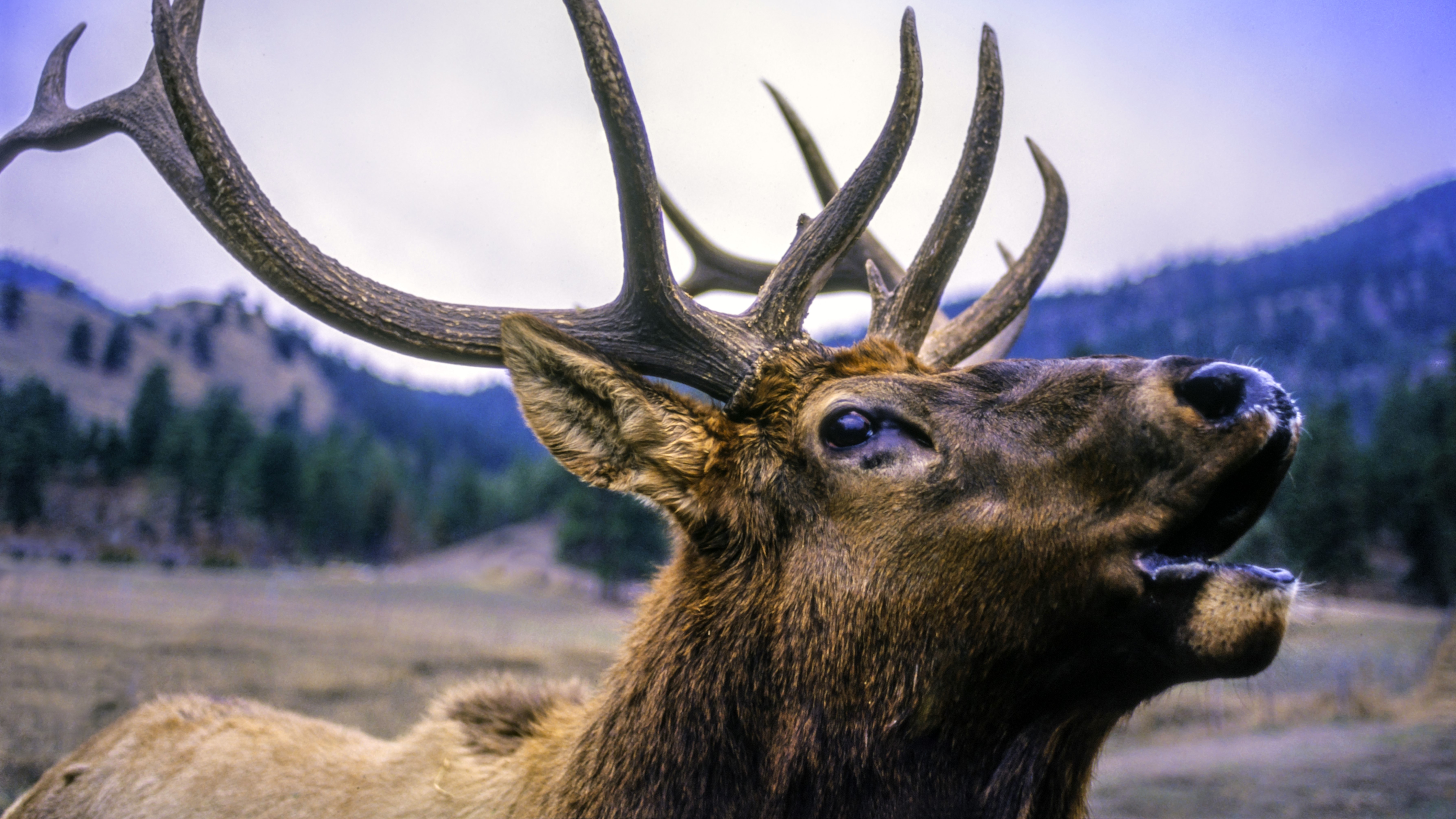
Banff National Park in Alberta, Canada, is home to around 350 elk, and you're almost certain to spot one when visiting, but some tourists aren't content with watching the animals from a distance.
A group of three people were caught on camera recently 'flagging down' a particularly large bull elk, harassing the animal and ignoring safety guidelines to get a better photo.
A video of the incident, recorded by Sylvia Waller and shared this week via Instagram account TouronsOfNationalParks, shows a young woman waving in the elk's face to get its attention, then snapping pictures with two friends.
Elk naturally prefer to avoid confrontations with people, but can lash out if they feel threatened, so approaching closely from behind is a particularly bad move. Attacks on people do occasionally happen, particularly during the rut. In October 2020, a man suffered a lacerated kidney after being attacked by a bull at a Colorado golf course.
Approaching wild animals can also put them at risk. Animals that are fed or petted can become habituated to humans, making them more likely to approach people in future. Habituated elk may become dependent on human food, wander into roads, and bite people who try to feed them.
Elk safety
Seeing elk for the first time is an unforgettable experience, but one that's best enjoyed from a safe distance. Parks Canada warns visitors that the animals can be aggressive, and may attack without warning.
"Just because you see them in town, on playing fields or feeding near the roadside, please don't mistake these elk for tame animals," says the agency. "These wild animals do not have a tolerance of humans getting too close and will lash out with hooves or charge with antlers forward if disturbed."
Visitors are advised to stay at least 30 meters away from elk at Banff at all times, and use a telephoto lens or a pair of binoculars to get a better view. If an elk looks alert or nervous, grinds its teeth or sends its ears back, it's a sign that you're too close and need to back up.
Better wildlife photography
Wildlife photography is an art, and a little care and patience will yield much better photos than rushing after an animal in a parking lot. As professional wildlife photographer Emma Jacobs told us in a recent interview, taking time to learn about the animals you want to photograph beforehand, and then watching their behavior outdoors without disturbing them can make a world of difference.
"Move slowly and quietly, even after you've taken the photo so you don't disturb the animal," Jacobs said. "Keep in mind that you have no control over wildlife, but that's what makes your subject so interesting! If it flies or crawls away, look for another – you will be rewarded in the end! All you can do is put yourself in the right place and be patient."
Above all, it's essential to respect wild animals, and remember that you're a guest in their home.
"Only photograph natural behaviors and always avoid making animals do anything to cause them harm or distress," says Jacobs.







